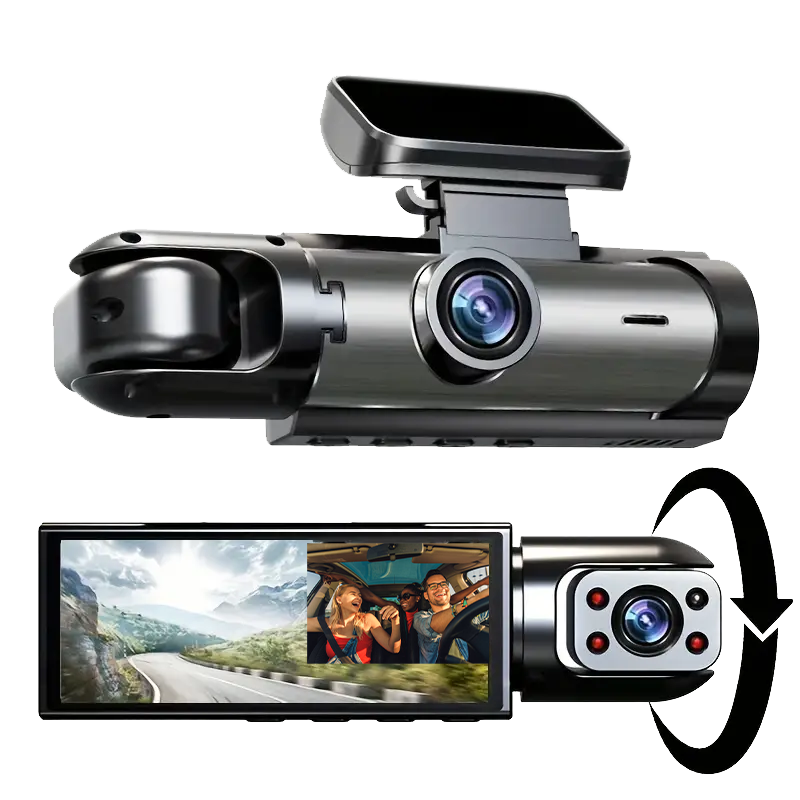
Toyota Land Cruiser J70 1984 - Present

The Land Cruiser J70 was introduced in 1984.
It was sold in many variations, including a soft-top, hard-top, Fibre-reinforced plastic top, utility, cab-chassis, and Troop Carrier (inward facing rear seats).
| J70 | |
|---|---|
 |
|
| Overview | |
| Also called |
|
| Production | 1984–present |
| Assembly |
|
| Body and chassis | |
| Body style |
|
| Layout | Front engine, rear-wheel drive / four-wheel drive |
| Powertrain | |
| Engine |
|
| Transmission |
|
| Dimensions | |
| Wheelbase |
|
| Length | 4,995 mm (196.7 in) |
| Width | 1,870 mm (73.6 in) |
| Height | 2,070 mm (81.5 in) |
History
- 1984 – J70 was introduced as a soft-top, hard-top, Fibre-reinforced plastic top, utility, cab-chassis, and Troop Carrier (inward facing rear seats). The petrol engine was replaced with a 4.0 L 3F engine. The 70 Light had a four-wheel coil spring solid-axle suspension for better ride quality. This lighter duty version of the Land Cruiser had the 22R 2.4 L four-stroke petrol engine, which actually were the 2L and 2L-T (turbocharged) 2.4 L diesel engines commonly found in the Toyota Hilux. The 70 Light was sold in some markets as the Bundera or the Landcruiser II, later called 70 Prado. The 70 Prado eventually became popular and evolved into the Toyota Land Cruiser Prado (J90). An automatic transmission (A440F) was introduced making it the first four-wheel drive Japanese vehicle with an automatic transmission.
- 1990 – New-generation of diesel engines were introduced for the Land Cruiser including a 3.4 L five-cylinder SOHC naturally aspirated engine (1PZ), and a 4.2 L six-cylinder SOHC naturally aspirated engine (designated the 1 HZ).
- 1993 to 1996 – the KZ 3.0 L turbocharged diesel engine replaced the LJ in the 70 series in European markets where this model was known as the KZJ70.
- 1993 – An advanced 24-valve, 4.5 L six-cylinder petrol engine, 1FZ-FE was introduced.
- 1999 – Toyota updated the 70 series in several ways. The solid front axle received coil-spring suspension. The rear leaf springs were lengthened for increased ride comfort and wheel travel. The six-bolt wheels were replaced with five-bolt wheels. Several smaller modifications to the drivetrain provided increased durability. The long-wheel-base models received new designations: 78 for the troop carrier, and 79 for the pick-up.
- 2002 — HDJ79 was introduced to Australia with the 1HD-FTE 4.2 L six-cylinder 24-valve turbodiesel EFI engine.
- 2007 – Toyota's first turbodiesel V8 engine, the 1VD-FTV was introduced in some countries for the 70 Series Land Cruiser. Other modifications include the addition of a 4-door medium-wheel-base model (the 76) and an updated front-end on all models.
- 2012 – the 79 Double Cab pickup was introduced in the South African markets (with the 4.2 L Diesel or 4.0 L Petrol engines) and in the Australian market (with 4.5 L V8 Diesel engine).
- 2014 to 2015 – the 30th Anniversary Series 70 sold in Japan as a 4-door wagon or 4-door pickup with the 1GR-FE V6 petrol engine and 5 speed manual transmission.
The Sixth and Seventh generations of the Land Cruiser are still being produced and sold in African and Latin American regions. Production of the Land Cruiser in Venezuela ended in 2008.
The 70 series is also still marketed in Australia as 4-door wagon, 2-door 'Troop Carrier', 2 door cab-chassis and 4 door cab-chassis.
